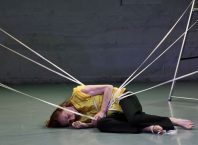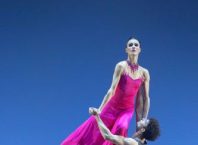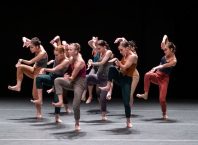Visually stunning, Yang Liping’s Under Siege tells the story of an ancient war, in a dance theatre work that merges traditional and contemporary arts. Dance, music, and design are all integral elements of an impressive work that evokes the skill of the warriors and the horrors of war. The aesthetic impact of the work is immediate and profound. 2,000 pairs of scissors hang suspended over the stage; their silvery presence threatening yet beautiful, as they float and softly chime. Laden with symbolism for both Chinese and Western audiences, their presence is a significant aspect of the work, a visual memento-mori.
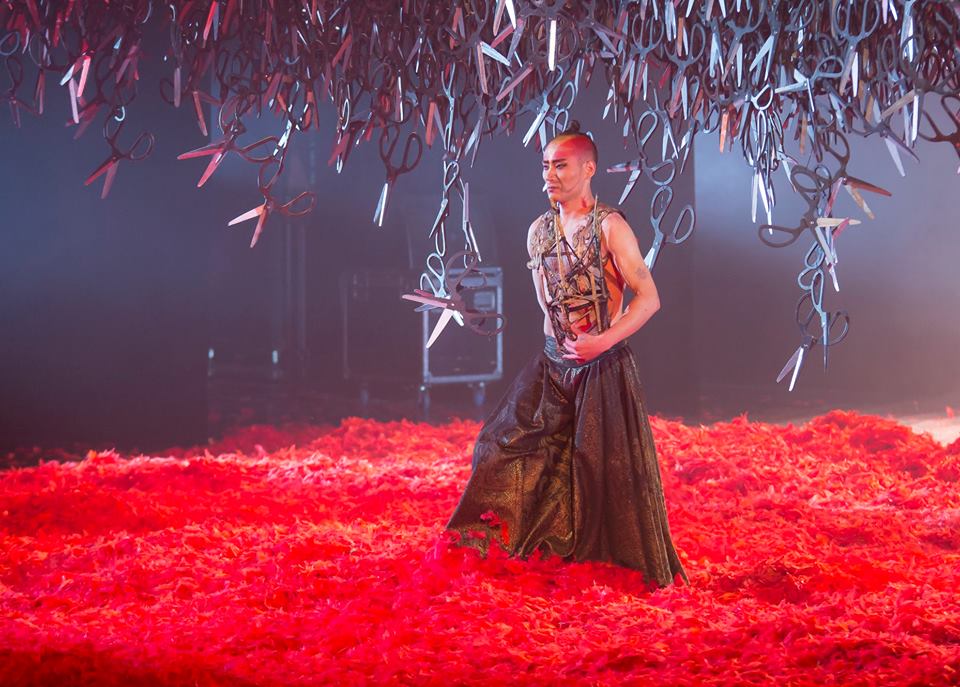
Under Siege tells the story of an epic four-year war that led to the establishment of the Han Dynasty. Pared down to the essential elements of narrative, the work focuses on the struggles and consequences of its central figures. Following the collapse of the Qin dynasty, Xiang Yu, leader of Western Chu, and Liu Bang, the Han leader, fought to rule China. Ultimately, Liu Bang emerged the victor, and appropriately, the narrator for this work is his advisor, the statesman Xiao He; history is always told by the winning side. The year is 206 BC, and Han Xin, a brilliant military strategist serving Xiang Yu, weary of having his advice ignored, switches allegiance, and joins Liu Bang’s army, thus altering the course of the war, and history. Yet Under Siege not only tells the historic narrative, but also the personal stories of love, loyalty and suffering. Yu Ji, the beloved concubine of Xiang Yu, and as the war approaches its grim conclusion, she chooses death rather than life without her love. Grieving, defeated, Xiang Yu commits suicides, and Liu Bang becomes the first emperor of the Han dynasty.
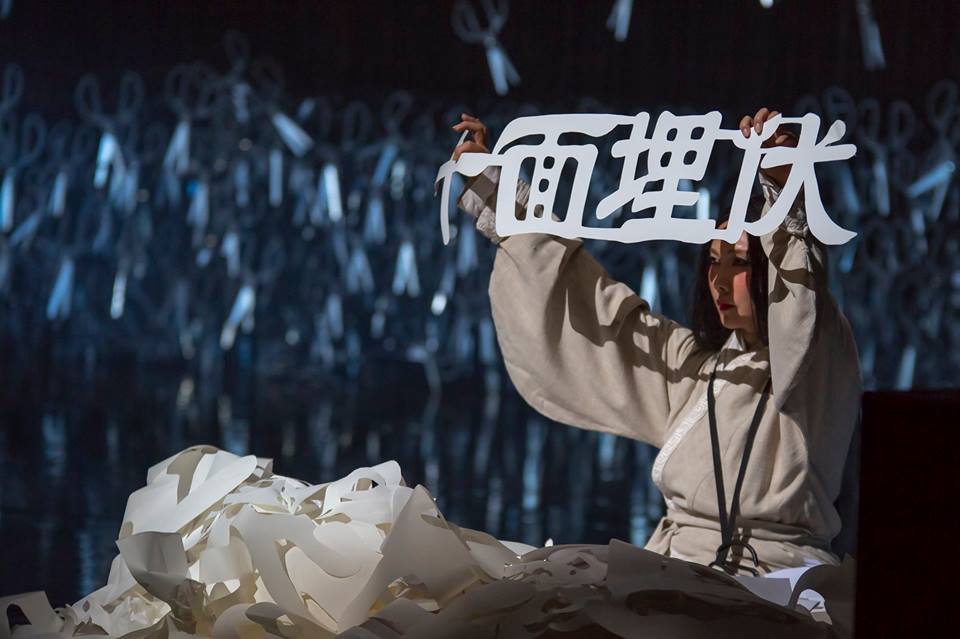
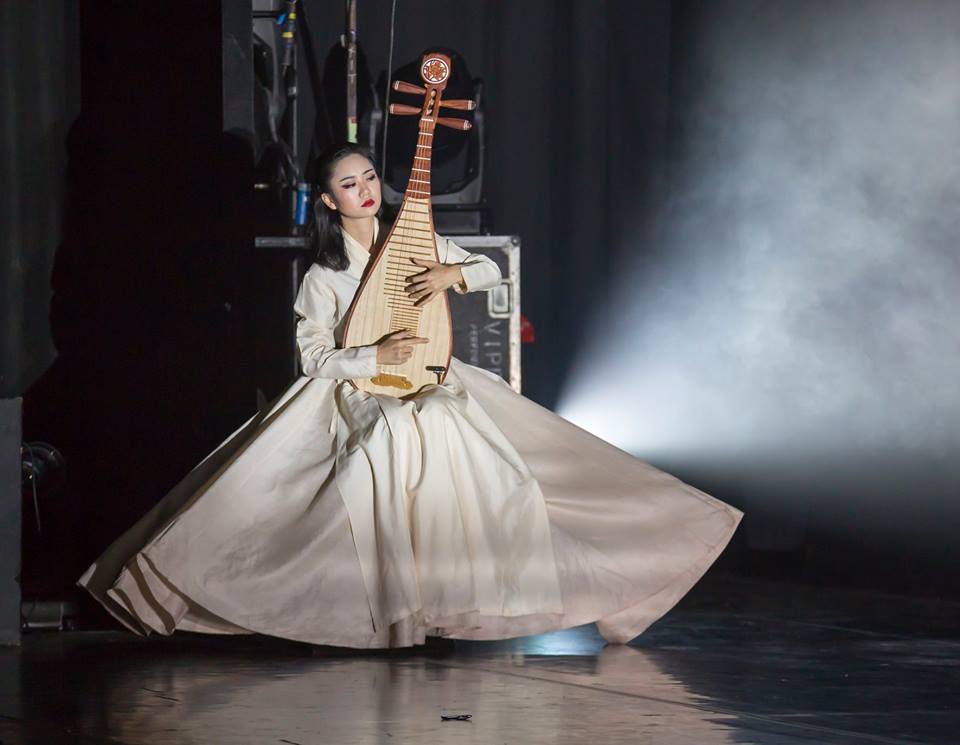
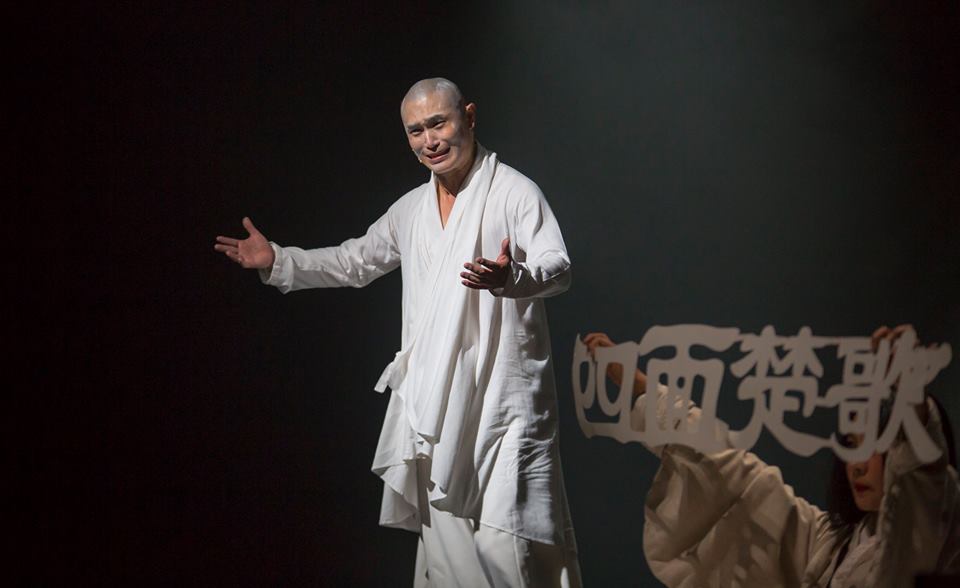
There are many story-tellers in addition to the dancers – the musicians, narrator, and paper-cutting artist, each giving expression to different aspects of the work. The musicians, their white robes, and traditional instruments, contribute to the tone of the piece in their appearance as well as the music, which is evocative and excellent. The paper artist is already there as the audience comes in, an eternal witness to history. She sits on one side of the stage, silently working throughout, cutting Chinese characters or figures that mark chapters in the story. Dancer and actor, the narrator tells the tale in voice and movement, poetic and resonant. “This is an ancient tale,” he intones, sliding on one leg, “generation to generation told many times… I ambush you, you ambush me.” Then he raises his leg high in the air and falls into the splits.
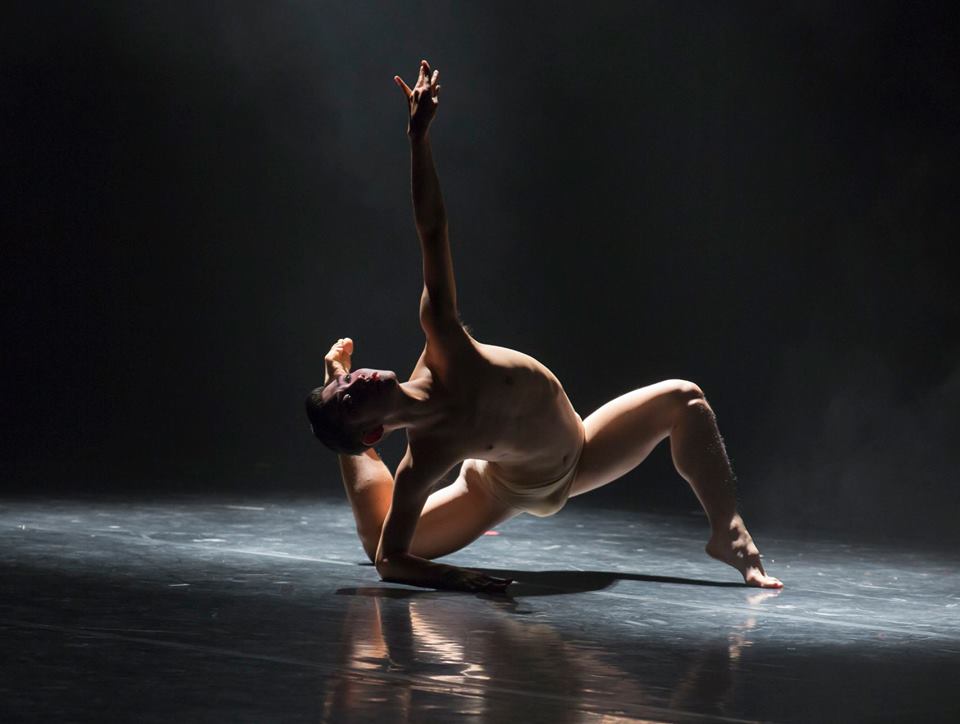
The dancers are all excellent, much of the battle movement in particular drawing on the martial arts. Yet although the dance is extremely aesthetic, it does not glorify war. In one particularly moving scene a warrior is fallen, and the others surround him as he struggles to rise yet falls again and again. It is a passage of silence in this very musical work, the only sound is that of his body moving on the ground. The role of Yu Ji the concubine is portrayed by a male dancer, Hu Shenyuan, a merging of traditional and contemporary sensibilities. Delicate and sensual, his body gleaming golden in a shaft of light, his solo is piercingly lovely, deepening the impact of all that is to come. Yet another pivotal moment is Han Xin’s struggle of conscience, with the general portrayed by two dancers, one in white and the other in black; literally embodying the internal conflict, their dance is mesmerizing.
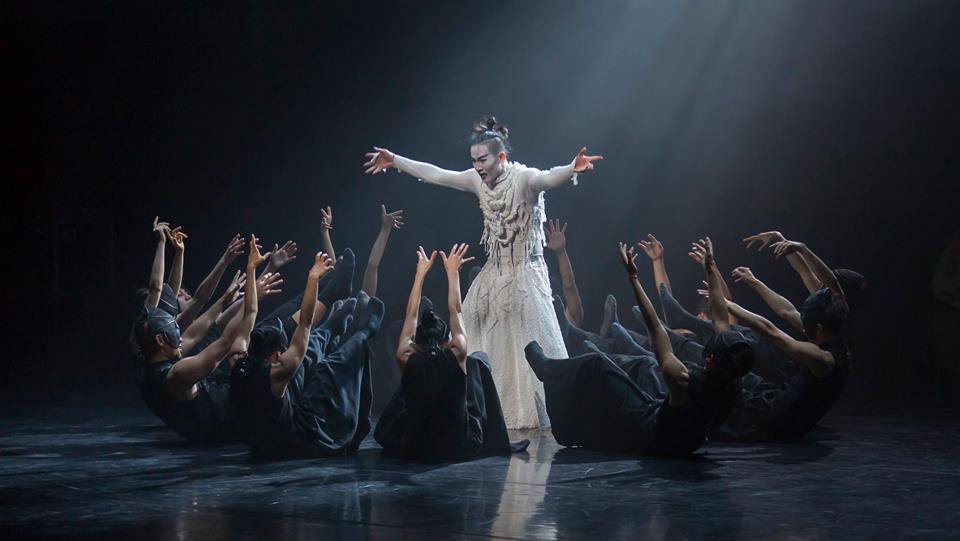
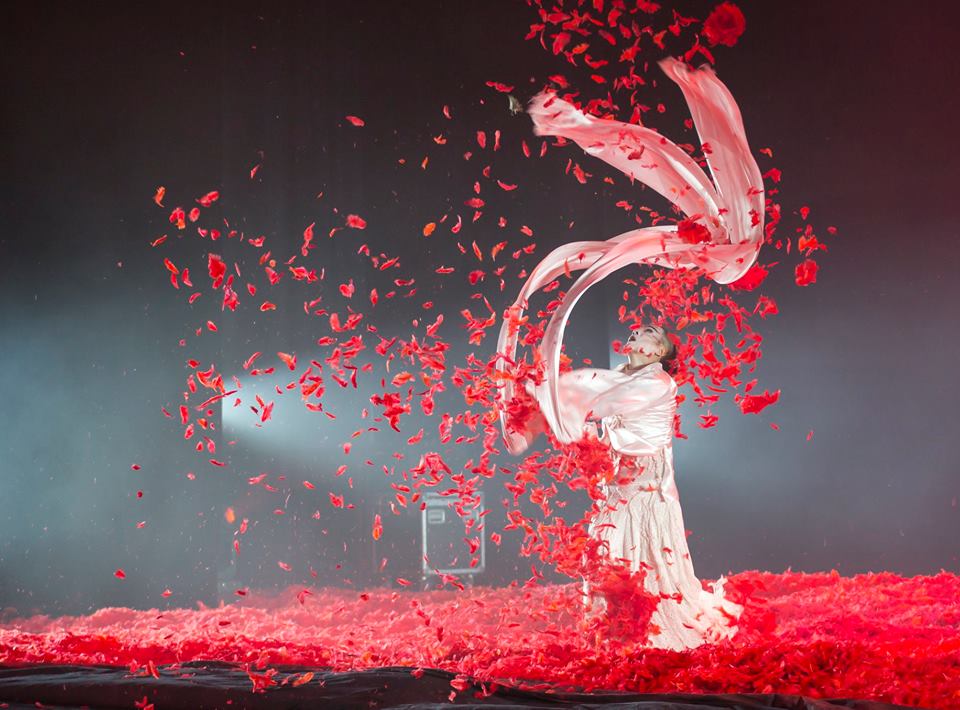
Although the story is known, and the defeat of Xiang Yu is inevitable, as the drama builds, the tension mounts, and the end, when it comes, is overwhelming. Red feathers cover the stage like a sea of blood, visually ravishing and terrifying.
Under Siege
Chief choreographer/director: Yang Liping; Visual Director/Costume and Set Design: Tim Yip; The Mending Project Artist and Creative Consultant: Beili Liu; Lighting Design (International): Fabiana Piccioli; Lighting Design (Original): Lea Xiao Lihe; Cast: He Shang – Xiang Yu, Gong Zhonghui – Liu Bang, Hu Shenyuan – Yu Ji, Guo Yi – Xiao He, Xiao Fuchun – Han Xin (White), Ou Yangtian – Han Xin (Black), Musicians: Du Yichen, Feg Xiaofan, Paper Cutter – Wang Yan.

